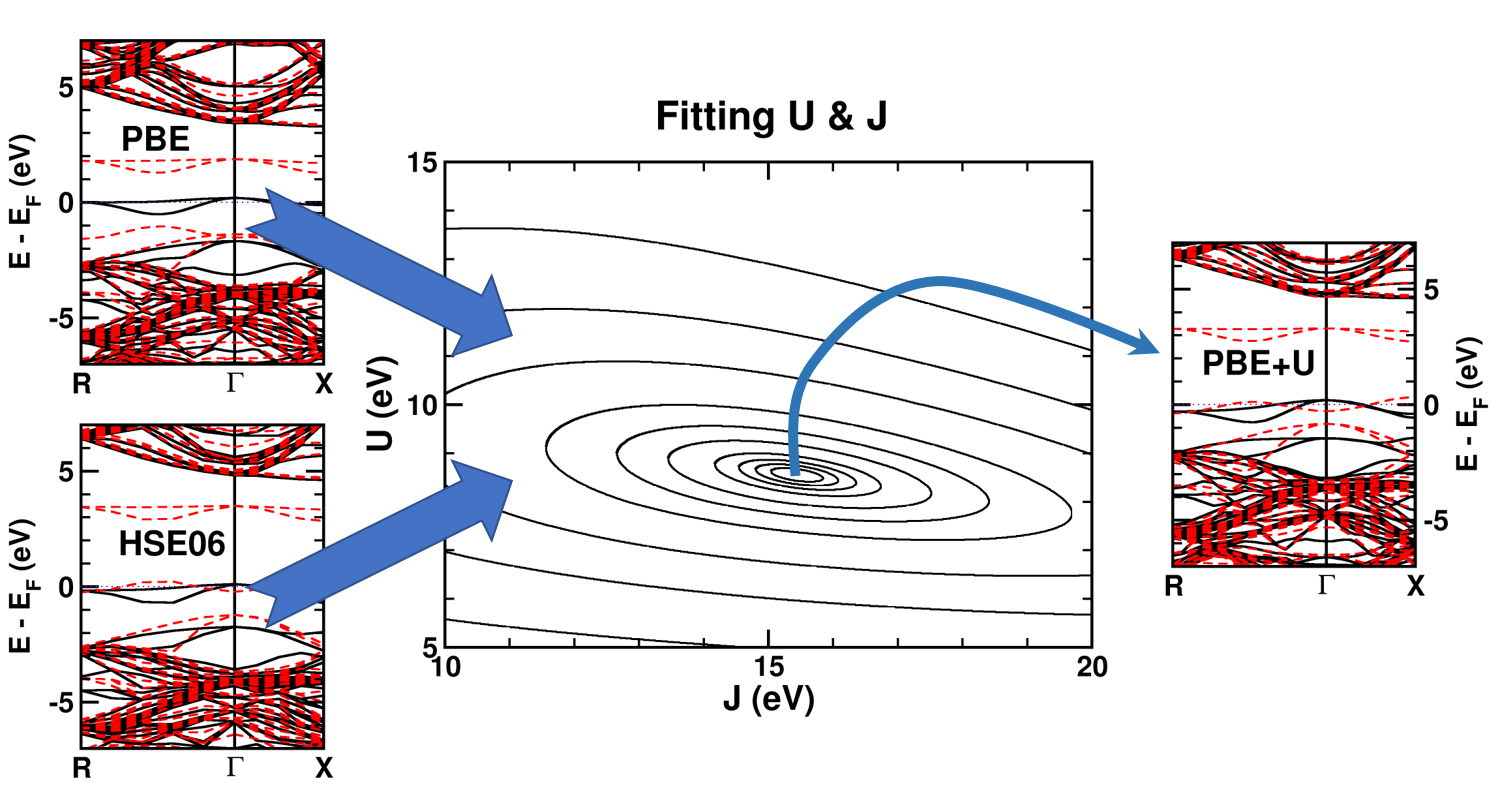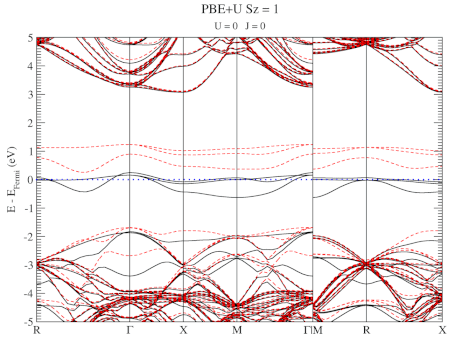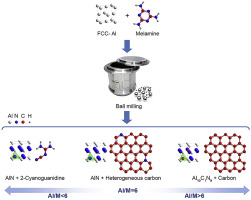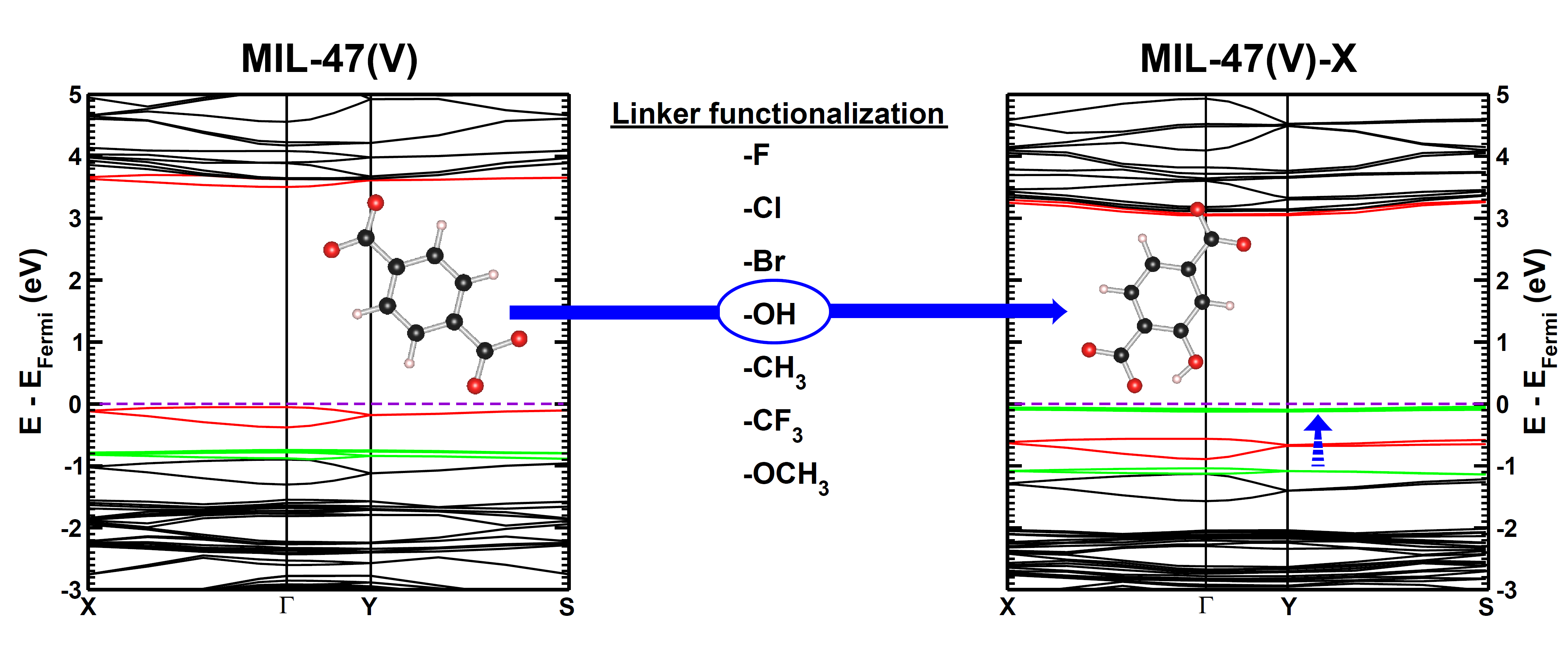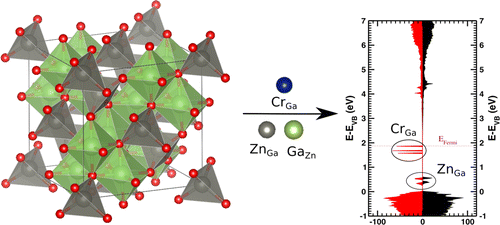| Authors: | Bartłomiej M. Szyja and Danny Vanpoucke |
| Book: | Zeolites and Metal-Organic Frameworks, (2018) |
| Chapter | Ch 9, p 235-264 |
| Title | Computational Chemistry Experiment Possibilities |
| ISBN: | 978-94-629-8556-8 |
| export: | bibtex |
| pdf: | <Amsterdam University Press> <Open Access> |
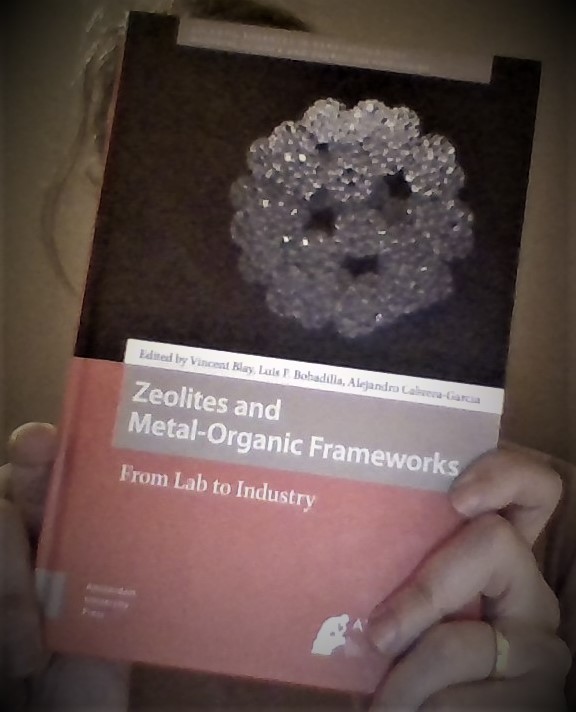 |
| Zeolites and Metal-Organic Frameworks (the hard-copy) |
Abstract
Thanks to a rapid increase in the computational power of modern CPUs, computational methods have become a standard tool for the investigation of physico-chemical phenomena in many areas of chemistry and technology. The area of porous frameworks, such as zeolites, metal-organic frameworks (MOFs) and covalent-organic frameworks (COFs), is not different. Computer simulations make it possible, not only to verify the results of the experiments, but even to predict previously inexistent materials that will present the desired experimental properties. Furthermore, computational research of materials provides the tools necessary to obtain fundamental insight into details that are often not accessible to physical experiments.
The methodology used in these simulations is quite specific because of the special character of the materials themselves. However, within the field of porous frameworks, density functional theory (DFT) and force fields (FF)
are the main actors. These methods form the basis of most computational studies, since they allow the evaluation of the potential energy surface (PES) of the system.
Related:
Newsflash: here

